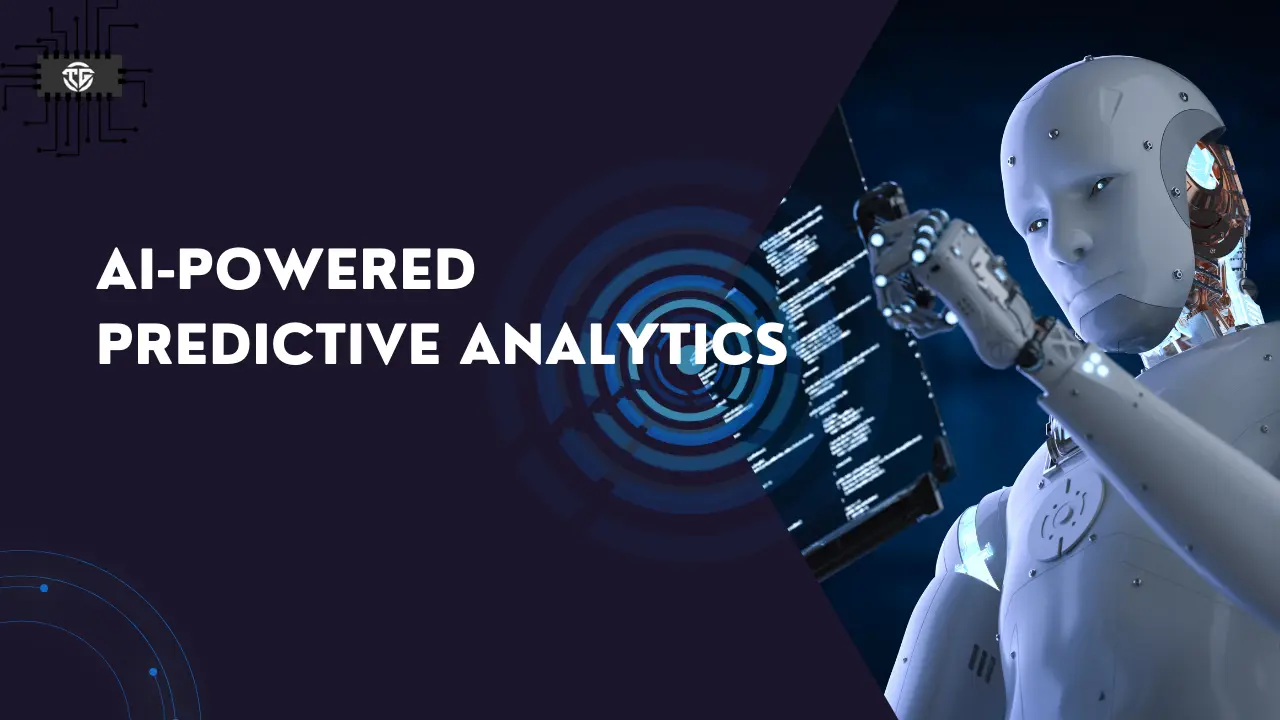In today’s data-driven world, businesses are constantly seeking ways to stay ahead of the competition. One of the most powerful tools at their disposal is predictive analytics, and with the integration of artificial intelligence (AI), this tool becomes even more formidable. Predictive analytics powered by AI offers businesses a chance to not only understand past trends but also to anticipate future outcomes, making it an indispensable asset in strategic planning. In this article, we’ll explore the role of AI in predictive analytics and how businesses can leverage this technology to drive growth and efficiency.
What is Predictive Analytics?
Predictive analytics uses historical data, statistical models, and machine learning methods to forecast the probability of future events based on patterns from past data. It goes beyond just understanding what happened or why it happened; it aims to forecast what will happen next. This predictive capability allows businesses to make informed decisions, optimize operations, and tailor their strategies to meet future demands.
The Role of AI in Predictive Analytics
AI plays a critical role in enhancing predictive analytics by automating the data processing and analysis steps, making the predictions more accurate and insightful. Traditional predictive analytics relies heavily on human intervention for data analysis, which can be time-consuming and prone to errors. AI, on the other hand, can process vast amounts of data at lightning speed, identify patterns, and learn from them, all without human bias.
Here’s how AI transforms predictive analytics:
Data Handling and Processing:
AI algorithms are designed to handle large datasets with ease. They can process structured and unstructured data from various sources, such as social media, sensors, and customer interactions, and extract valuable insights. This capability enables businesses to use all available data rather than relying on small, manageable samples.
Enhanced Accuracy and Precision:
AI-driven predictive analytics models are capable of learning from data patterns over time. Unlike traditional models that may need regular updates, AI models continuously refine themselves as more data becomes available. This self-learning ability leads to more accurate predictions, which is crucial for making strategic business decisions.
Real-time Predictions:
AI can analyze data in real time, allowing businesses to react immediately to changing conditions. For example, in the financial sector, AI-powered predictive analytics can help in detecting fraudulent transactions as they occur, rather than after the damage is done. This real-time capability is a game-changer for industries where timing is critical.
Scalability:
AI’s ability to scale is another significant advantage. Whether a business needs to analyze customer behavior for a small local store or a global e-commerce platform, AI can handle the scale. It ensures that businesses can expand their predictive analytics capabilities as they grow without facing the limitations that traditional methods might impose.
How Businesses Can Benefit from AI-Powered Predictive Analytics
The integration of AI into predictive analytics provides businesses with several key benefits:
Improved Decision-Making:
Businesses can make better decisions when they have accurate predictions about market trends, customer behavior, and potential risks. For instance, retailers can predict product demand during peak seasons, allowing them to manage inventory more effectively and avoid stockouts or overstocking.
Personalized Customer Experiences:
AI-driven predictive analytics allows businesses to understand their customers on a deeper level. By analyzing past interactions and purchase behavior, businesses can offer personalized recommendations, promotions, and services. This level of personalization not only enhances customer satisfaction but also increases loyalty and revenue.
Risk Management:
Predictive analytics helps businesses identify potential risks before they materialize. For example, in the financial industry, AI can predict credit default risks by analyzing customer credit history, financial behavior, and economic indicators. This proactive approach enables businesses to mitigate risks and protect their bottom line.
Operational Efficiency:
By forecasting demand, supply chain disruptions, and other operational factors, businesses can optimize their processes and reduce costs. For instance, manufacturers can use predictive analytics to schedule maintenance before equipment failure occurs, reducing downtime and repair costs.
Competitive Advantage:
Businesses that leverage AI-powered predictive analytics can stay ahead of the competition by anticipating market changes and customer needs. This proactive approach allows them to innovate faster, adapt to market shifts, and capture new opportunities before their competitors do.
Optimized Marketing Strategies:
AI can help businesses refine their marketing strategies by predicting which campaigns will resonate most with their target audience. By analyzing customer data, AI can identify trends and preferences, allowing businesses to allocate resources more effectively and maximize their return on investment (ROI).
Challenges and Considerations
While AI-powered predictive analytics offers significant benefits, businesses must also be aware of the challenges. Implementing AI requires a robust data infrastructure, skilled personnel, and ongoing investment in technology. Additionally, businesses must address concerns related to data privacy and security, especially when dealing with sensitive customer information.
Conclusion
The role of AI in predictive analytics is transformative, offering businesses a powerful tool to navigate the complexities of the modern marketplace. By harnessing the power of AI, businesses can not only predict future outcomes with greater accuracy but also make proactive decisions that drive growth and efficiency. As AI continues to evolve, its integration into predictive analytics will become increasingly essential for businesses looking to stay competitive in an ever-changing world.
